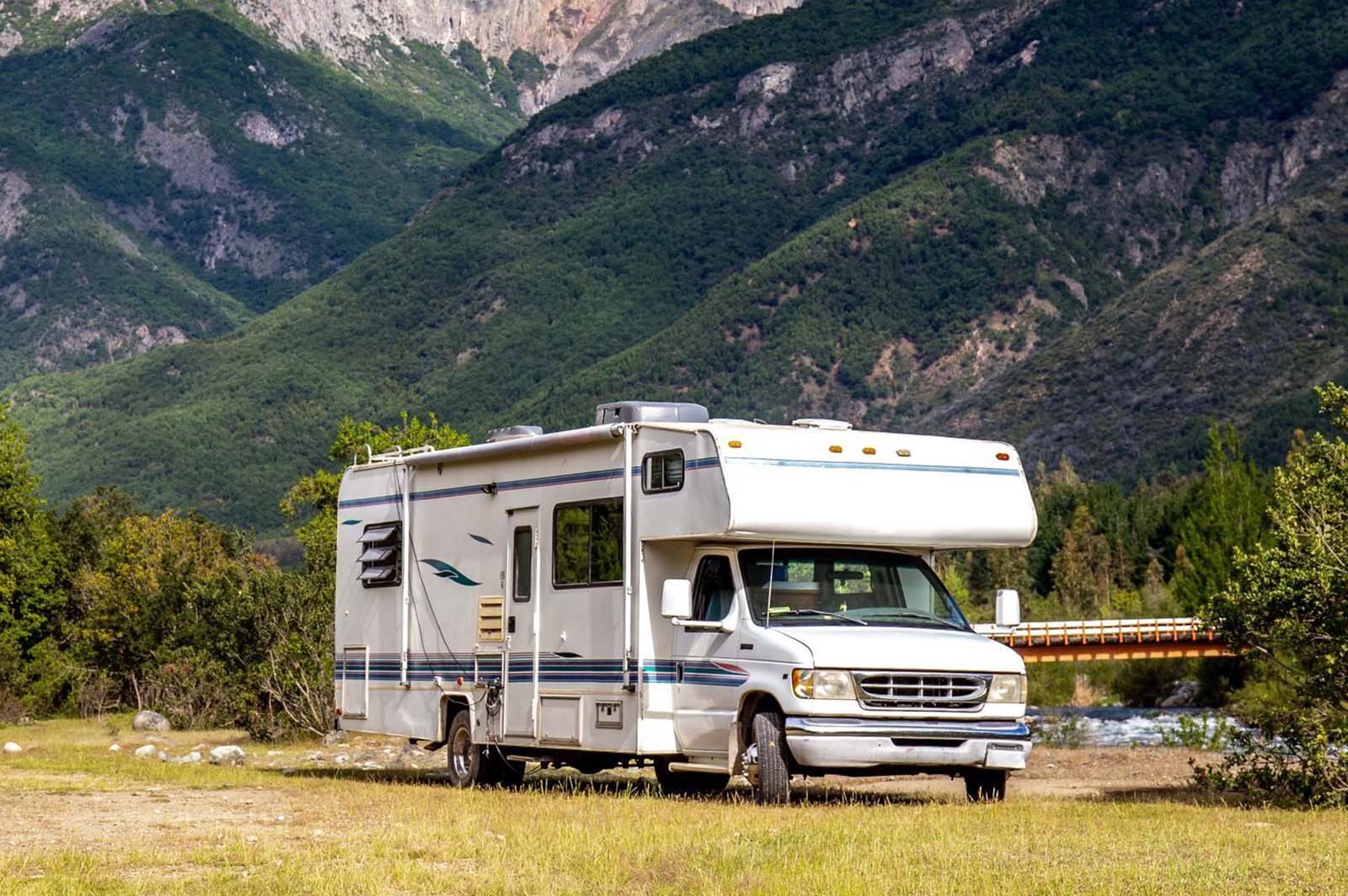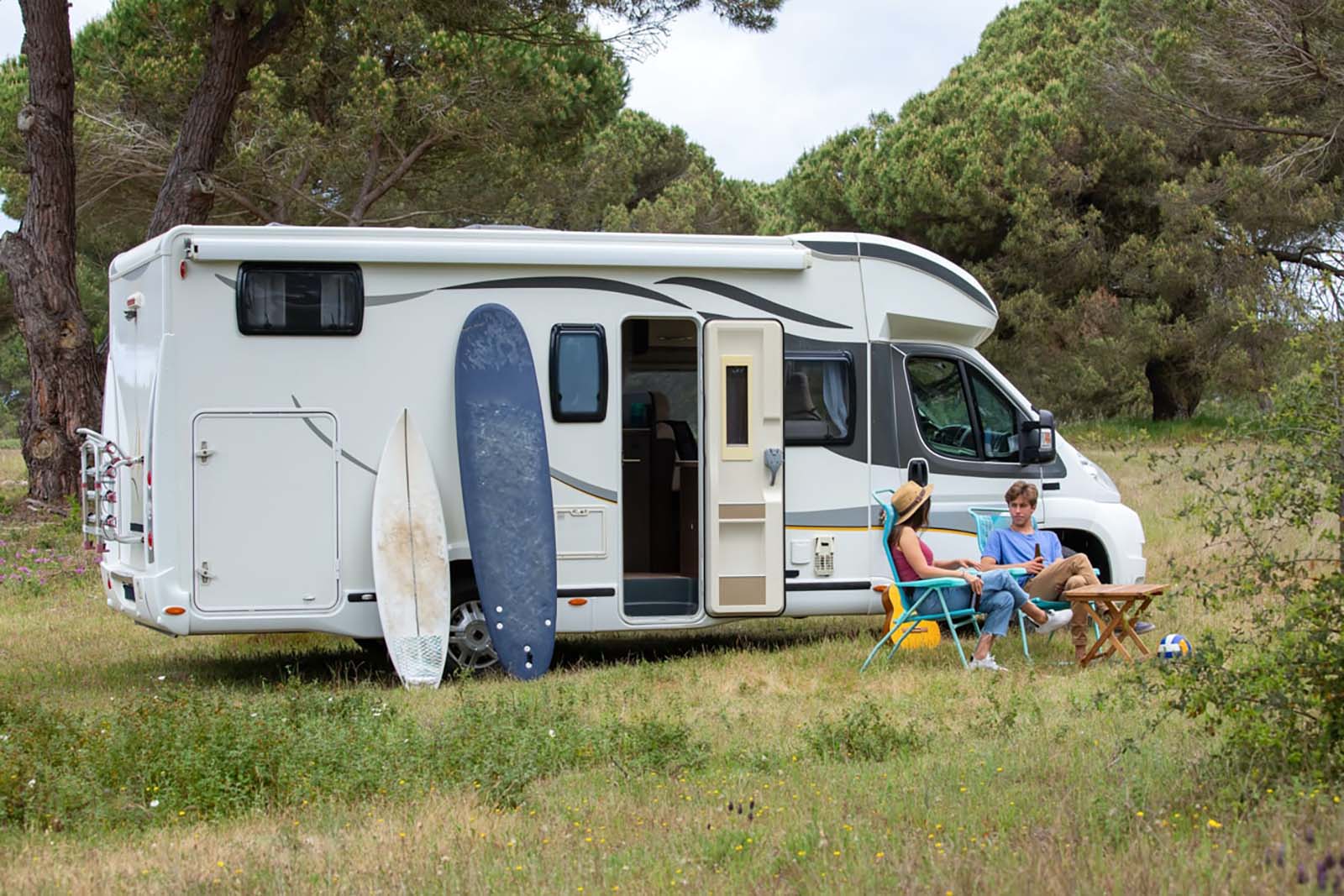RVs, also known as recreational vehicles, are a fantastic way to explore the great outdoors and enjoy a home on wheels. One important aspect of owning an RV is ensuring that the batteries stay charged throughout your journey. A generator can be a valuable tool to accomplish this task. In this article, we will discuss how to charge RV batteries with a generator, providing you with step-by-step instructions and helpful tips.

Understanding Your RV Battery
Before we dive into the process of charging your RV batteries with a generator, it’s crucial to understand the type of battery your RV uses. Most RVs come equipped with deep-cycle batteries, designed specifically to provide a continuous supply of power over extended periods. Deep-cycle batteries are different from automotive batteries, which are primarily used to start engines. Having this knowledge will help you choose the appropriate charging method and avoid any potential damage to your RV batteries.
Gather the Necessary Tools

To charge your RV batteries with a generator, you will need a few essential tools. First and foremost, ensure you have a reliable generator that can handle the power requirements of your RV batteries. It’s important to check the generator’s wattage output and compare it with the battery’s requirements. Additionally, you will need a high-quality battery charger suitable for deep-cycle batteries, battery cables, and a wrench to connect the cables securely.
Connecting the Generator to the RV Batteries
Now that you have all the necessary tools, it’s time to connect your generator to the RV batteries. Begin by positioning your generator on a stable surface, ensuring it’s at least five feet away from the RV to prevent any carbon monoxide buildup. Next, use the battery cables to establish a connection between the generator and the RV batteries. Remember to connect the positive cable to the positive terminal of the battery and the negative cable to the negative terminal. Double-check all connections to guarantee they are secure before proceeding.

Charging the RV Batteries
With the generator and batteries connected, it’s time to start the charging process. Set your generator to the appropriate wattage output, typically around 12 volts, to match the batteries’ specifications. Next, plug the battery charger into the generator’s designated outlet and connect the charger to the RV batteries using the provided cables. Once everything is connected correctly, turn on the generator and initiate the charging process using the charger’s settings. Make sure to monitor the progress periodically and never leave the charging batteries unattended.
Tips for Efficient RV Battery Charging
– Before connecting your RV batteries to the generator, it’s advisable to switch off any electrical devices that may drain power. This will allow the batteries to charge efficiently without any unnecessary loads. – Periodically check the voltage and charge status of your batteries during the charging process. This will help you determine when they are fully charged, avoiding overcharging, which can damage the batteries. – Consider investing in a battery monitoring system or a generator with an integrated battery charger. These tools can provide real-time information about your battery’s condition and charging progress, ensuring optimal performance.
In conclusion, charging your RV batteries with a generator is a straightforward process that requires a few essential tools and proper connections. By following the steps outlined in this article and considering the helpful tips provided, you can maintain the power supply to your RV throughout your journey, ensuring a hassle-free and enjoyable camping experience. Remember to prioritize safety and always refer to the manufacturer’s instructions for specific guidance related to your generator and RV batteries.

